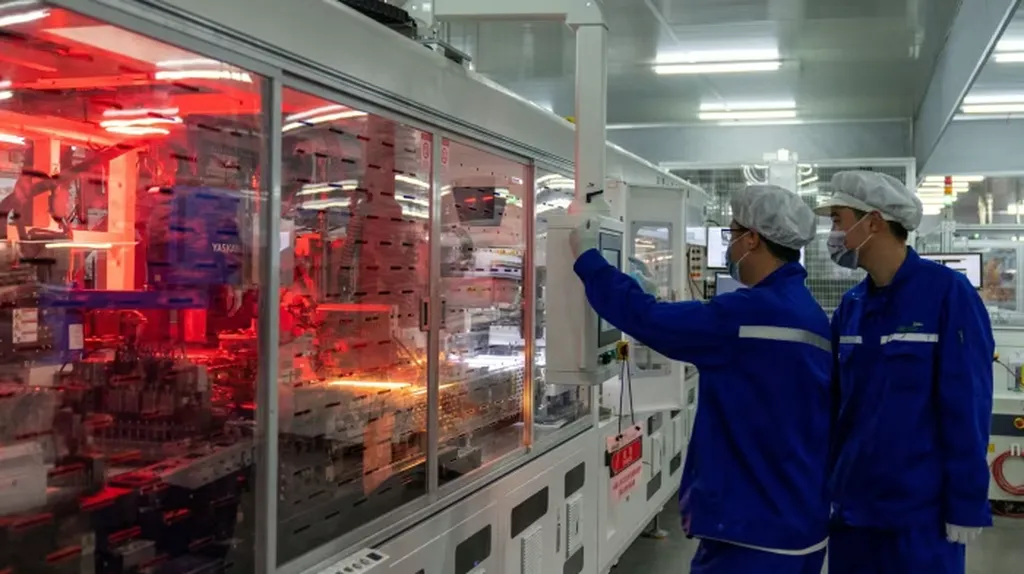In the heart of China’s agricultural innovation, researchers at the College of Mechanical and Electronic Engineering, Northwest A&F University, have developed a groundbreaking system that promises to revolutionize wheat pest control. Led by Xuhang Liu, the team has introduced a LiDAR-assisted UAV variable-rate spraying system, a technology that could significantly reduce pesticide use while maintaining effective crop protection.
Precision agriculture is no longer a futuristic concept but a present-day reality, and this new system is a testament to that. Traditional UAV spraying systems often apply pesticides uniformly across fields, leading to waste and potential environmental harm. The LiDAR-assisted system, however, takes a more nuanced approach. “By integrating LiDAR and RGB data, we can estimate biomass more accurately and create a variable spraying prescription map,” explains Liu. This map guides the UAV to adjust its spraying rate in real-time, ensuring that pesticides are applied only where and when they are needed.
The implications for the agricultural sector are profound. “While maintaining equivalent spraying effects, the usage of chemical agents is significantly reduced by 30.1%,” Liu notes. This reduction not only cuts costs for farmers but also mitigates environmental pollution, a critical concern in today’s eco-conscious world. The research, published in the journal ‘Agriculture’ (translated as ‘Nongye’ in Chinese), underscores the potential of integrating advanced technologies like LiDAR and UAVs into traditional farming practices.
The commercial impacts of this research extend beyond the farm. The energy sector, which often grapples with the environmental footprint of agricultural runoff, stands to benefit from reduced pesticide use. Moreover, the precision agriculture techniques demonstrated in this study could pave the way for more efficient resource management, a boon for sustainability efforts across industries.
Looking ahead, the LiDAR-assisted UAV variable-rate spraying system could set a new standard for precision agriculture. As Liu and his team continue to refine their technology, the future of farming looks increasingly precise, efficient, and environmentally friendly. This research not only shapes the trajectory of agricultural innovation but also inspires a broader conversation about the role of technology in sustainable development.

